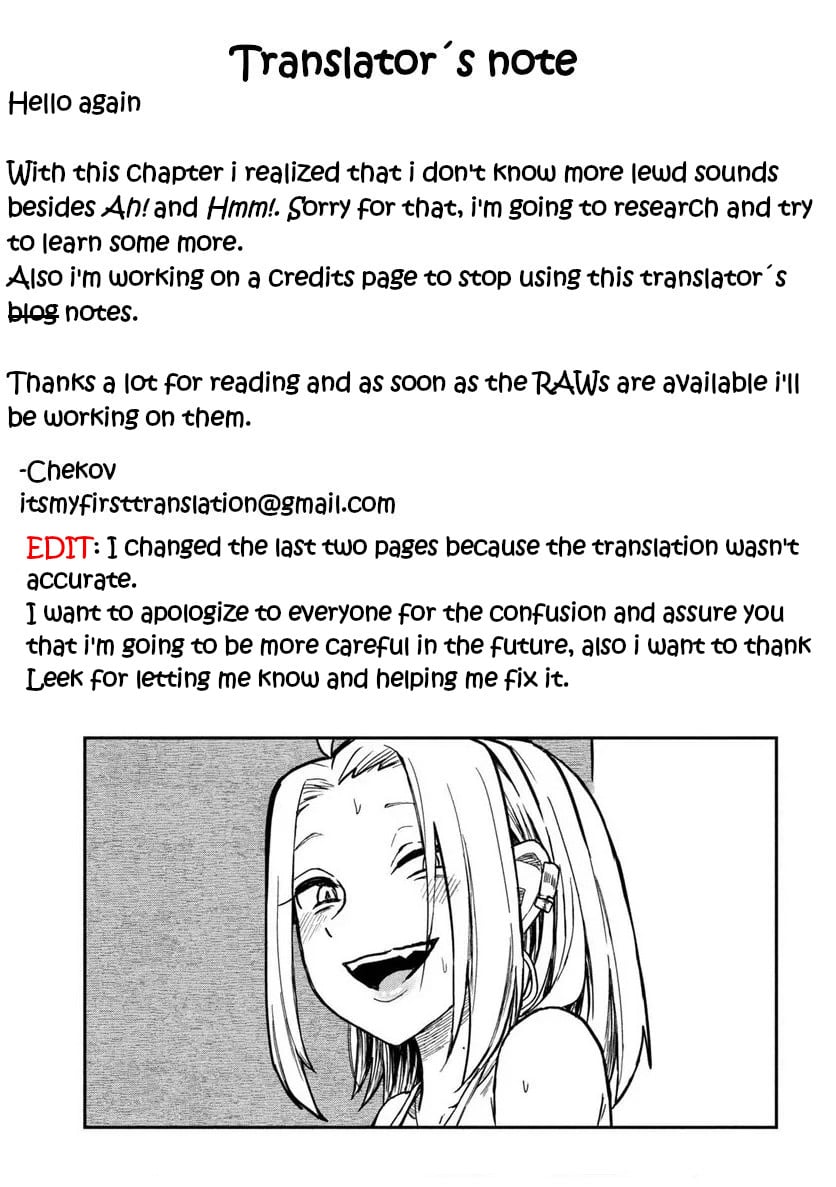Okay so imagine for a second that somebody just invented voice to text and everyone trying to sell it to you lies about it and claims it can read your thoughts and nobody will ever type things manually ever again.
The people trying to sell us LLMs lie about how they work and what they actually do. They generate text that looks like a human wrote it. That’s all they do. There’s some interesting attributes of this behavior, namely that when prompted with text that’s a question the LLM will usually end up generating text that ends up being an answer. The LLM doesn’t understand any part of this process any better than your phones autocorrect, it’s just really good at generating text that looks like stuff it’s seen in training. Depending on what exactly you want this thing to do it can be extremely useful or a complete scam. Take for example code generation. By and large they can generate code mostly okay, I’d say they tend to be slightly worse than a competent human. Genuinely really impressive for what it is, but it’s not revolutionary. Basically the only actual use cases for this tech so far has been glorified autocomplete. It’s kind of like NFTs or Crypto at large, there is actual utility there but nobody who’s trying to sell the idea to you is actually involved or cares about that part, they just want to trick you into becoming their new money printer.













Probably not, it’s from way back in last year and an original